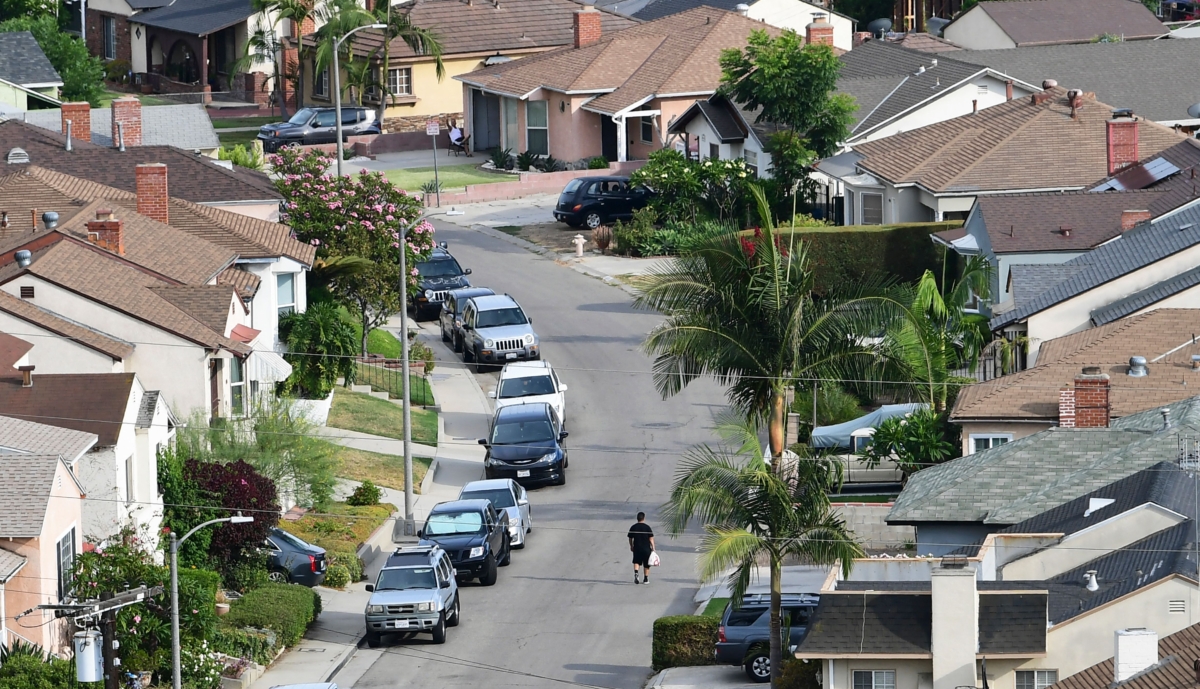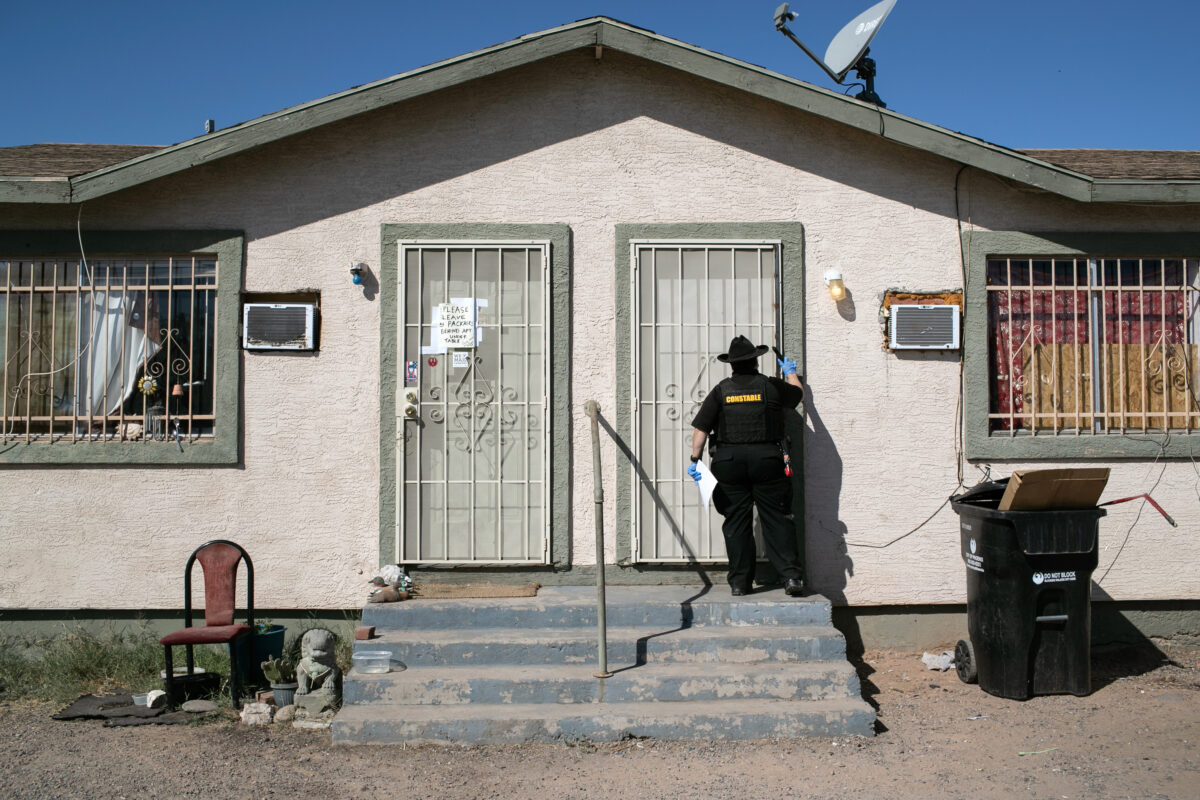Eviction filings are rising in several American cities, according to recent data collected by the Princeton University Eviction Lab.
Princeton’s Eviction Tracking System has been keeping track of eviction filings across the United States since 2000 when the lab started to publish its findings.
The findings are based on (pdf) tens of millions of public records from state and county databases.
After a lull during the pandemic, eviction filings by landlords have begun to soar.
Rising mortgage rates, high inflation, rising rents, and a lack of affordable housing are affecting middle to low-income families struggling to make ends meet across the country.
“With inflation and the massive increases in rental prices that we’ve seen over the last few years, it’s much worse for low-income renters than it was before the pandemic when we were already in an affordable housing crisis,” said Daniel Grubbs-Donovan, a researcher at the Eviction Lab at Princeton University, told NBC News last fall.
Eviction Lab found that nearly 970,000 evictions have been filed nationwide over the past year, a 78.6 percent increase compared to 2021 when much of the country was under an eviction moratorium.
Eviction filings were nearly back to pre-pandemic levels by December 2022, and homelessness has since been rising as a result.
Tough Housing Market
American home buyers and sellers are also facing the toughest housing market in a decade, which will likely continue through the rest of the year.
With rent prices nationwide up about 5 percent from a year ago and 30.5 percent more than in 2019, according to Zillow, most displaced tenants are out of luck.
The National Low Income Housing Coalition currently estimates a 7.3 million shortfall of affordable units nationwide.

The millions of households that fell behind on their rents during the pandemic were protected from eviction until the Supreme Court ruled in 2021 that it violated the rights of landlords.
Since the expiration of the temporary nationwide eviction moratorium in 2021, states and cities have allowed evictions to proceed.
Even without the federal restrictions in place, the number of evictions remained well below typical levels in most states and cities until this year due to federal funding that provided emergency rental assistance to tenants.
By the summer of 2022, federal assistance eventually started to run out, and eviction notices have since surged.
“Protections have ended, the federal moratorium is obviously over, and emergency rental assistance money has dried up in most places,” said Mr. Grubbs-Donovan told The Nashua Telegraph in June.
“Across the country, low-income renters are in an even worse situation than before the pandemic due to things like massive increases in rent during the pandemic, inflation and other pandemic-era related financial difficulties.”
Since most low-income tenants can no longer count on pandemic-era housing assistance, many are still finding it hard to remain financially stable.
Many have still failed to find steady work since the pandemic, while others have not seen their wages keep pace with the rising cost of rent, food, and other necessities.
Meanwhile, informal evictions, which include lockouts, extreme rent increases, or the termination of a lease without reason, have not been well recorded, as landlords often file without using the courts.
Although these types of evictions are thought to be as common as formal notices, there is currently no system to track them, according to Eviction Lab.
NYC Leads in Evictions
Landlords in major American cities have, on average, completed around 50 percent of their eviction filings over the past three years, in the last 12 months alone, according to the report.
The city with the highest number of eviction filings since the pandemic, according to the data, is New York City, which tops the list at 254,828 filings.
This is mainly due to the massive population size of the city relative to its peers.
The statewide moratorium preventing landlords from filing eviction cases during the pandemic expired in New York in January 2022.
A right-to-counsel program and housing courts being lax at prosecuting cases involving unpaid rent have kept evictions in NYC down from where they should be.

Federal Housing Assistance Runs Out
The city with the second largest amount of eviction filings was Houston, with 174,355 filings since 2020, followed by Phoenix at 172,699.
Eviction protections in Texas began to expire in May 2020, while Arizona’s ended in October 2020, early in the pandemic.
Landlords in Houston legally only need to provide three days’ notice before evicting a tenant, while Arizona never halted filings during the pandemic.
However, Austin, which has more liberal tenant protections compared to the rest of Texas, had local bans on evictions in place through March 2022.
The number of eviction filings in Austin over the past year is 99 percent higher than before the pandemic.
Austin and Richmond, Virginia, saw over 55 percent of their eviction filings since 2020 occur in the past year.
In Richmond, eviction filings were low before and during the pandemic but have surged after eviction protections expired in June 2022.
Eviction filings in Richmond over the past year are 84 percent above the average in the years before the pandemic.
Minneapolis-Saint Paul was at the top of the list, with 63.6 percent of eviction filings since the pandemic.
Evictions are more frequent in Minnesota than before 2020, with one in 30 renters facing eviction, according to the Minnesota House of Representatives.


















































